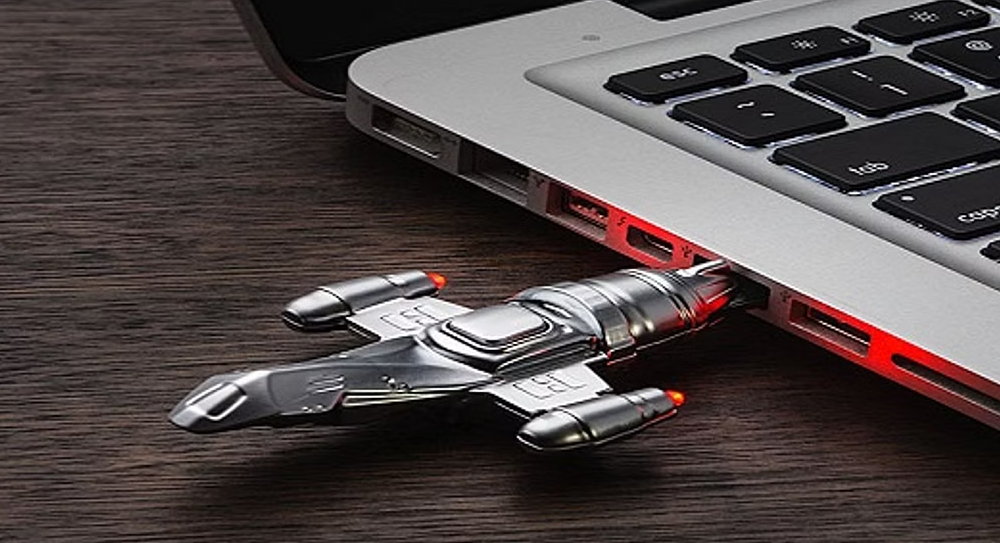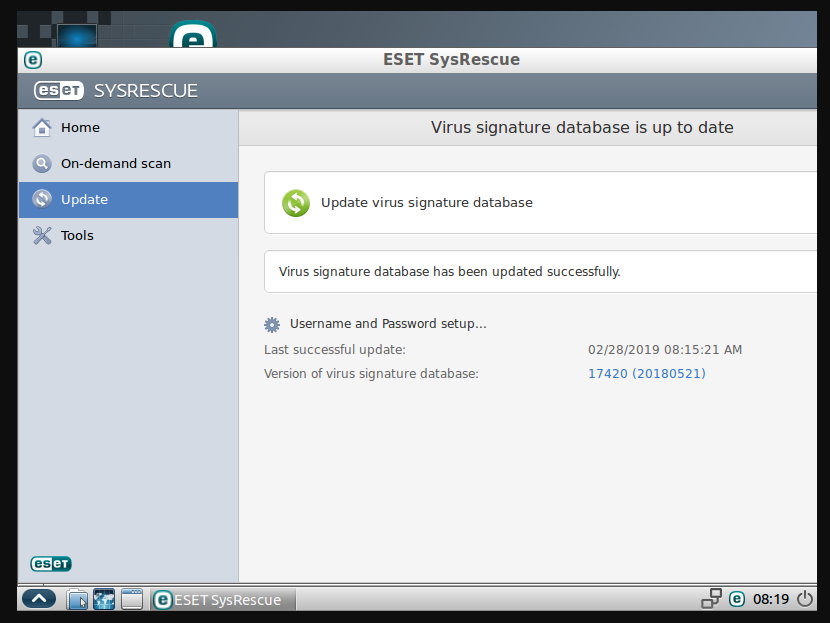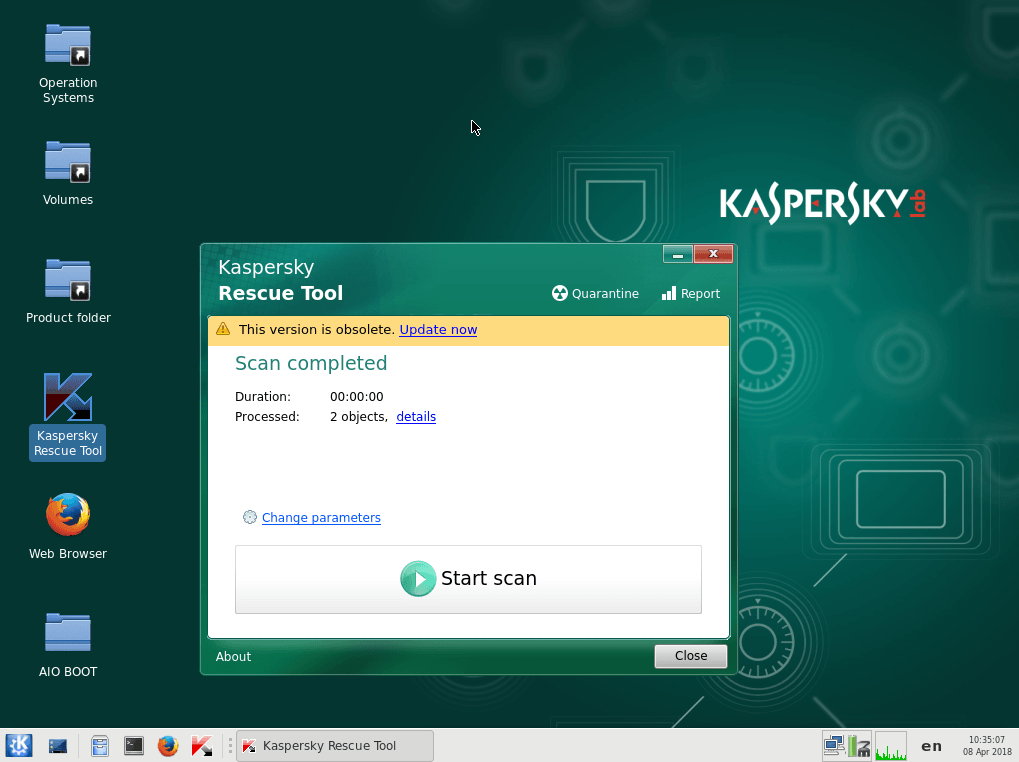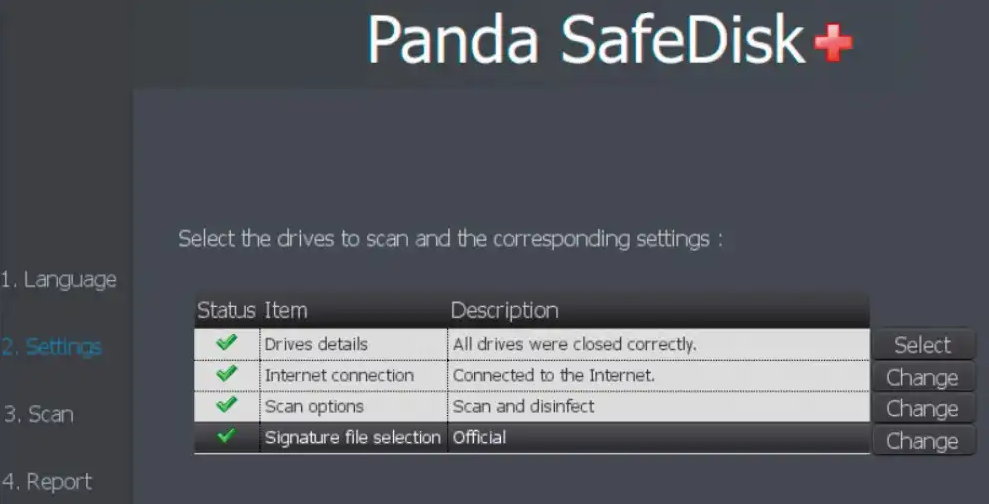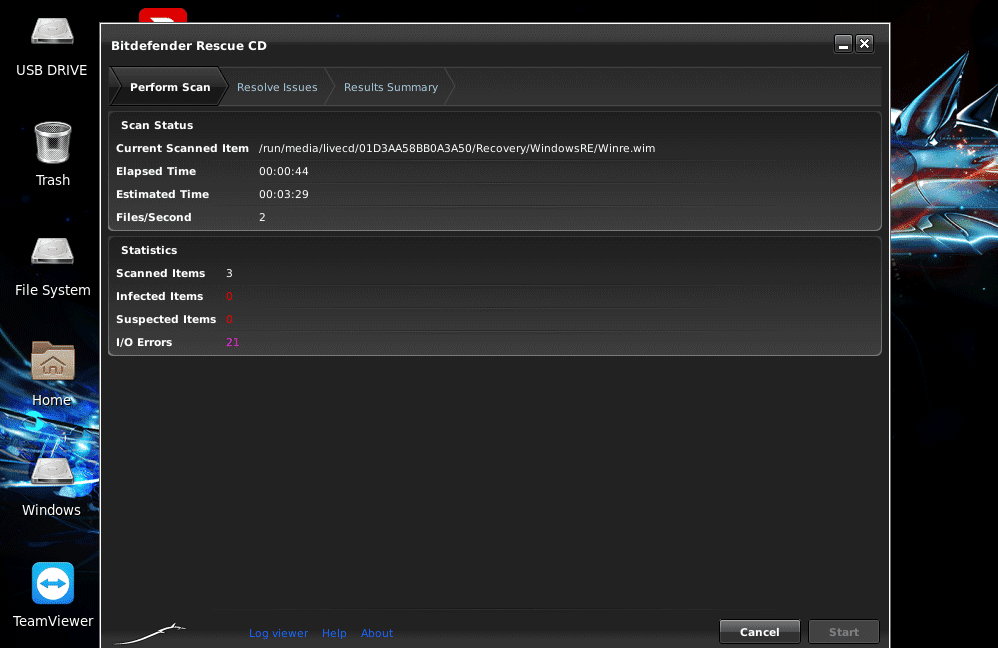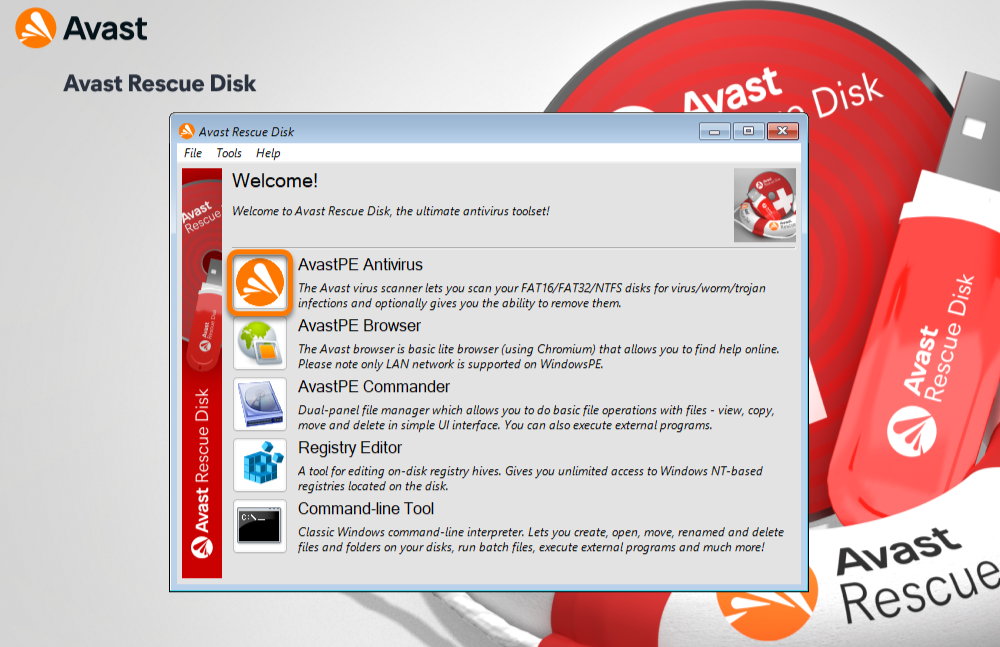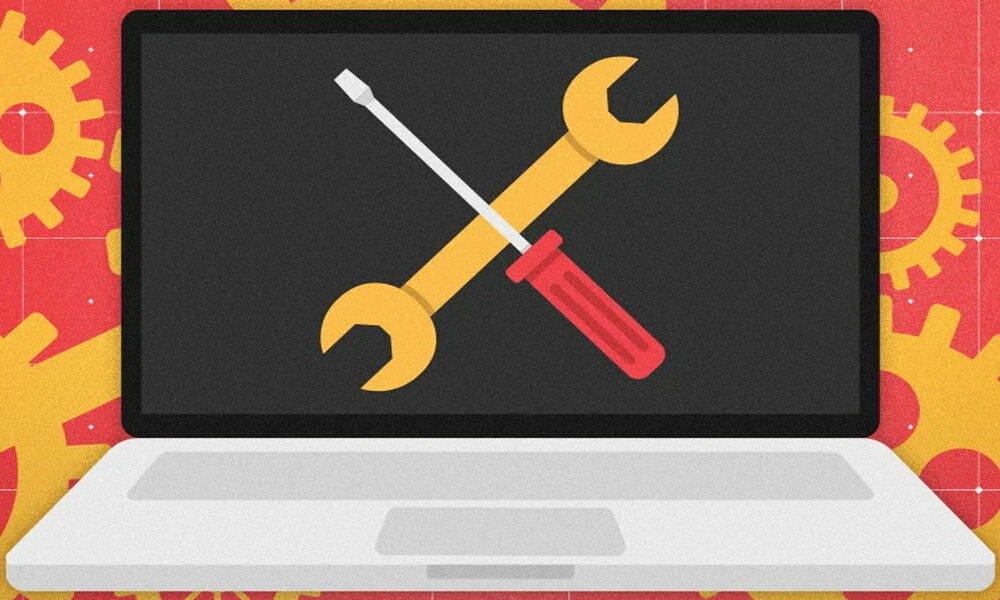
Viruses, Trojans, worms and malicious specimens of all kinds roam the Internet and end up sneaking into computers. Malware creators are ahead with increasingly sophisticated developments and advanced cyberattacks that take advantage of the carelessness or laziness of users and software vulnerabilities that are not patched in time. It’s time to take action.
The successive lists of worst cybersecurity incidents confirm that we still have a lot to do. And it’s hard to keep yourself safe. You may think that it will not touch you, until it touches you, no matter how prudent you are and you must be, undoubtedly. In today’s world, 100% connected and with dozens of devices in use in every home, computer security solutions are a good tool to rely on. Having at least a basic solution is highly recommended, especially in Windows operating systems, the most used and attacked and the ones we are going to focus on especially.
Why are rescue antiviruses so useful?
Among the large group of security solutions, the so-called ‘rescue’ ones stand out, which are started from an external unit before the operating system boots and therefore have notable advantages over the typical installed antivirus.
It should be remembered here that there are malicious specimens that are loaded into memory before system boot and before the start of the installed antivirus, so it is not capable of detecting or removing it. Another advantage is that the antiviruses of this group do not need to be installed on the computer or be running permanently, which reduces the consumption of resources of those installed and does not penalize performance.
If you detect an abnormal operation of any component of your PC; you have random errors; you are missing files; your passwords have been changed: the default applications have changed and, in general, if you notice ‘weird’ things, it’s time to check your personal computer.
Creation and management
Rescue antiviruses are created on external drives in “Live” formats that have the ability to autoboot and function independently of the operating system. Optical media or better flash drives can be used more secure and widespread today. Virtually all of them are based on some GNU/Linux distribution and the providers that we will see below offer the possibility of creating them from their web page or a downloadable .ISO or .IMG image that can be handled with specialized applications such as Rufus, UNetbootin or similar.
Once created, its use is similar to other rescue tools. You simply reboot your machine with the media inserted in its location to boot from it and if you have not done it before, placing it as the first boot device, before the storage unit of your PC.
Once started you will see different interfaces, some in text mode and others visual with many functions, although all of them have (almost) what we can find in the installed antivirus including the necessary updates to the virus database, scanning and disinfection of the sector. boot and files and folders on internal or external drives. It has direct access to the disk and the file system and they are capable of eliminating persistent threats that sometimes the installed ones do not reach.
Selection of free rescue antivirus
All major computer security specialists offer some kind of free solution of this type. Unfortunately, not all of them are kept up-to-date in terms of interfaces and functions, although updating the definitions of the latest detected viruses and its scanning and disinfection capacity.
As we said above, some providers offer the possibility of creating the media directly from their web page, with their own creation tutorial that is very similar for all of them, or an ISO or IMG image that can be used to create the media. We leave you with some of the free ones available.
ESET SysRescue Live
One of the best maintained and updated with support for all Windows, client and server. It can be used from a CD, DVD or USB, and like the rest independently of the operating system. It has several modes of operation, “Scan on demand”, “Smart scan” or “Custom scan”.
AVG Rescue CD
It offers two different images for creation on CD or USB. Its interface is quite spartan based on text but don’t be scared, it does its job, and like the rest, it updates the virus database to the latest available ones beforehand.
Kaspersky Rescue Disk
Kaspersky hasn’t updated the interface in a while, but its Gentoo-based rescue disk packs the punch of the leader in consumer security solutions. You download the ISO image, burn it to bootable media, and use it.
Norton Bootable Recovery Tool
It offers the creation of the bootable disk with a wizard that makes it easy to create it without external applications once you have downloaded the tool. Once booted into it, you will see a graphical but minimalist interface with no customization options, with two main options: scan and clean.
Panda SafeDisk
Another outdated interface, but very easy to use because it doesn’t have too many customization options. Loads a wizard that automatically searches for available antivirus definitions and, when start is pressed, starts scanning the entire system for malicious files.
Trend Micro Rescue Disk
Very simple creation of the rescue medium at the click of a button from its web page and with the option of choosing CD/DVD or USB disk/pendrive. Its interface is the most spartan of the entire list, in a minimalist text mode with a few basic options.
Avira Rescue System
Offers to download an image for media creation. Graphical interface with few functions but easy to use. Like others that we have seen with a simple interface, its power lies in the search and disinfection engine and its ability to update the virus database, something that all of them do.
Bitdefender Rescue CD
Personally it is one of my favorites. Or I liked them because it was outdated in exchange for offering a Bitdefender Rescue Mode. It uses a Linux based on Xubuntu that allows more possibilities in addition to virus removal. You download the ISO from the link and burn it in the middle. We leave you a link to the web.archive where it is still available. Like the rest, even if the version is not updated, it does download the latest definitions and does its job.
F-Secure Rescue CD
A super classic that has freed us from viruses more than once…. It has not been updated for a long time, but it is another one that can be used. With a Knoppix base, there is no real user interface except for a text-based dialog, where you will be asked if you want to start the analysis.
Avast
It does not offer direct download of an image and the only way is to create the rescue disk from an already installed Avast solution. The good thing is that it can be done from the free desktop version. You create the medium and then if you want you can delete it.
Keep some of these handy because sometimes they are essential to eliminate persistent malware which once loaded into memory and started by the operating system is difficult to eradicate or even detect. Furthermore, this type of solution does not penalize performance as it works independently of the PC’s operating system. Very useful to run from time to time and check the status of the computer and eliminate security threats that lurk us.
